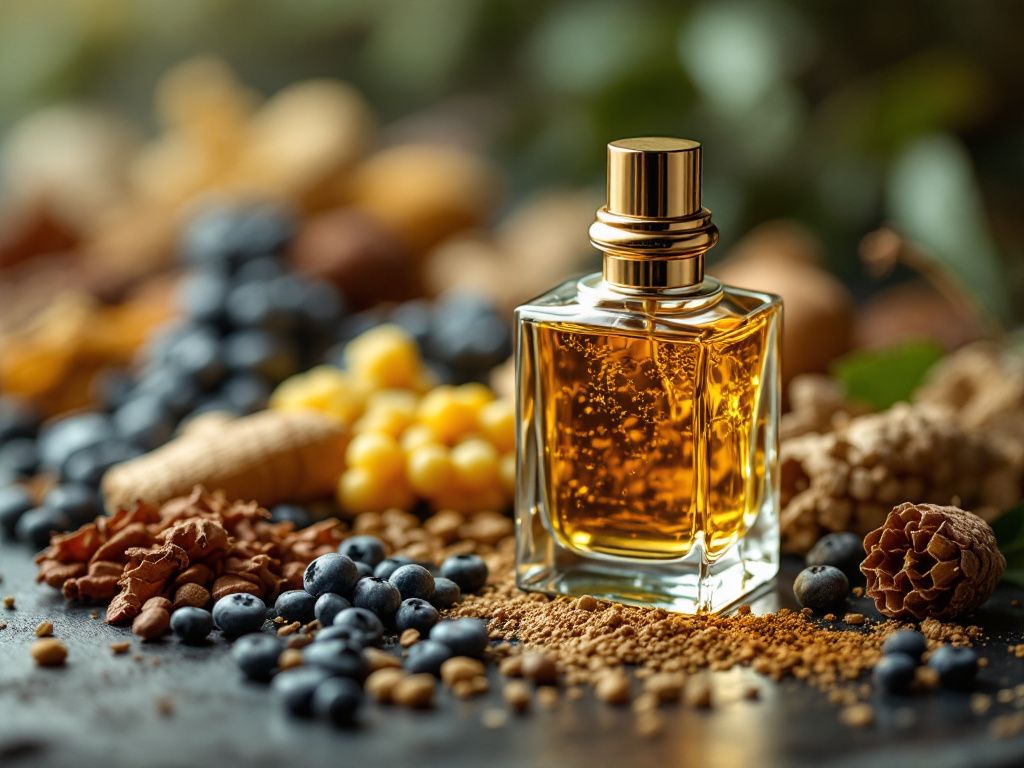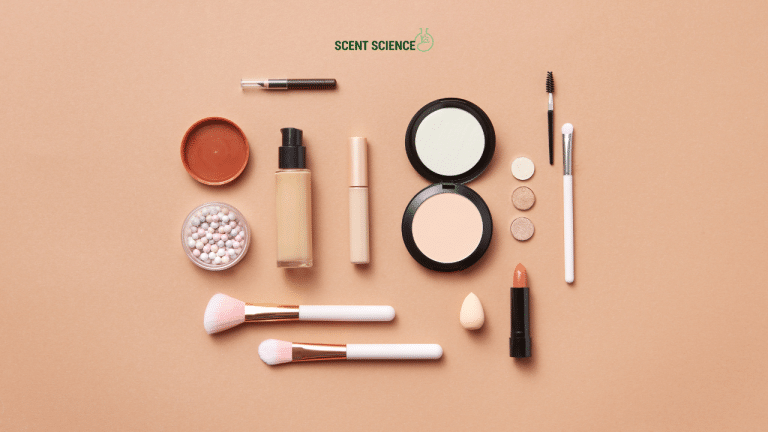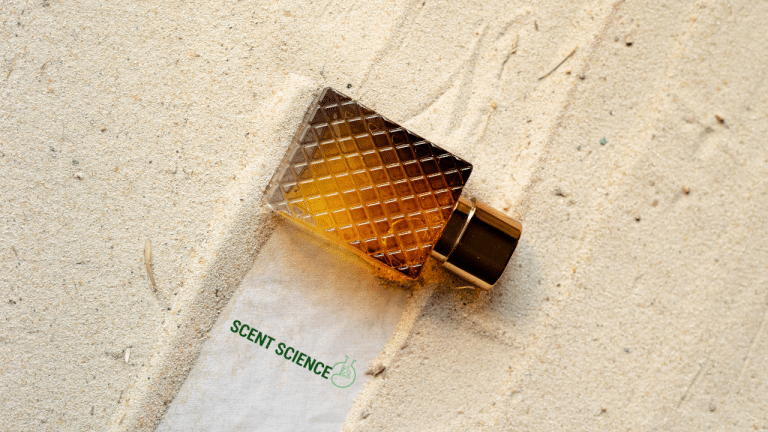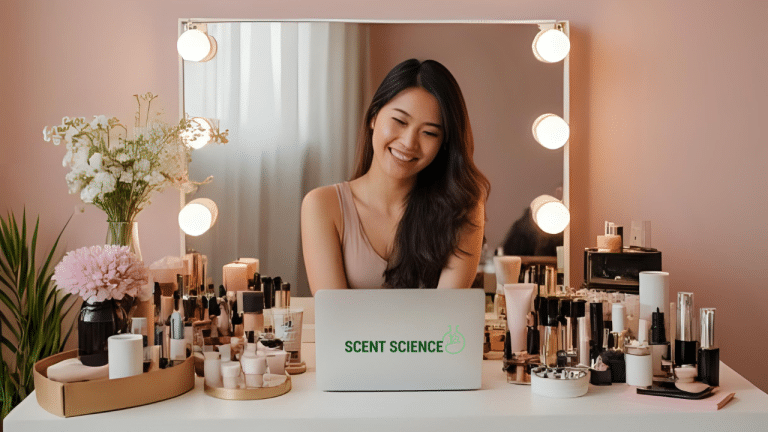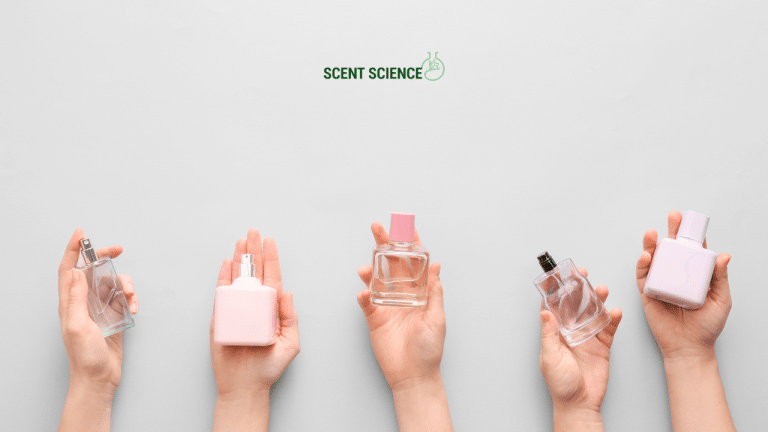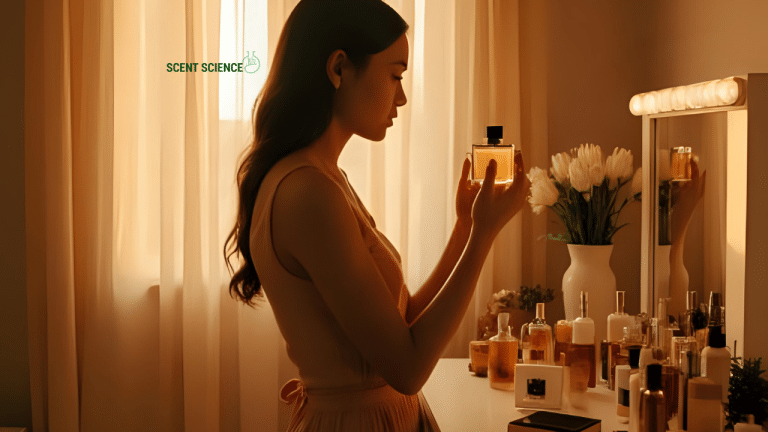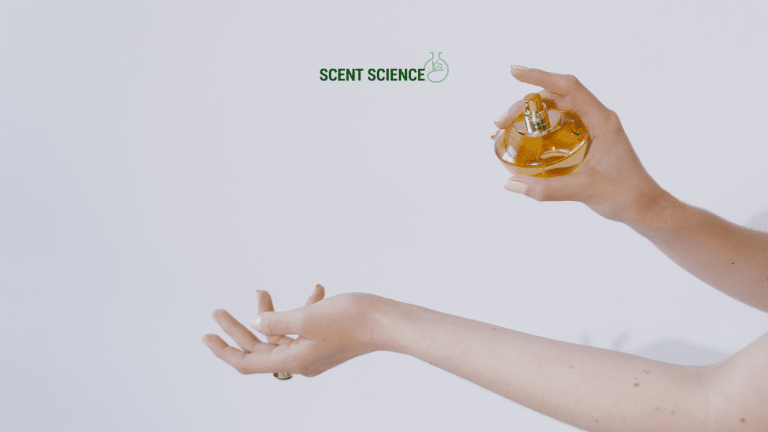Let’s talk perfume. Not the fancy bottles or celebrity endorsements, but what’s inside — the perfume materials themselves. Have you ever stood in a store sniffing bottle after bottle and wondered, “What exactly am I smelling?” You’re not alone. Trust me, this dilemma is quite common, even among those who think they know their floral from their fruity notes. Perfume materials—these essential ingredients we barely understand—are the unsung heroes behind every signature scent.
Table of Contents
ToggleThe Journey Begins: What Makes Up Perfume Materials?
Let’s dive in. Perfume materials are essentially the ingredients used in crafting your favorite scents. They can be naturally sourced, or a chemist’s creation, but all play a vital role in the olfactory seductive game. Imagine mixing paint colors—you need just the right balance. When it comes to making perfumes, it’s about achieving that harmonious blend of perfume materials. And there are countless materials out there.
Natural vs. Synthetic: The Great Debate
While some folks are die-hard fans of natural ingredients—think lavender, rose, sandalwood—many perfumes today rock synthetic materials too. Why? One reason’s simple: sustainability. Natural resources aren’t infinite; they’ve got limits. Plus, synthetics can replicate hard-to-harvest smells or enhance them in ways that nature alone can’t. It’s like the secret spice in a good recipe—something you wouldn’t expect to elevate a dish, but it does, wonderfully.
So, next time you find yourself in an endless whiff of floral elegance, remember, it could very well be a perfect mix of natural and synthetic components working their magic.
Essential Ingredients: The Backbone of Perfumes

A stroll through perfume land requires you to understand its components. It’s like being hip to the who’s who of the fragrance world. These main notes are often categorized into three primary types: top notes, heart notes, and base notes.
The Leading Role: Top Notes
When you first spray a perfume, the scent that hits your nose is the top note. These don’t hang around for long—typically 5 to 15 minutes—setting the stage for the impression the perfume makes. Citrus elements like lemon, bergamot, or light herbs often shine here, with a zesty promise of what’s to follow.
Middle Managers: Heart Notes
Once the top notes fade, heart notes (or middle notes) step in. This is the crux of the perfume, lingering for about 20 minutes to an hour after application. Common heart notes include floral and spice elements, such as jasmine or cinnamon, providing that robust personality everyone remembers.
Lasting Legends: Base Notes
Finally, there’s the base. These notes form the foundation and give the perfume its long-lasting quality. After about thirty minutes, when the fragrance settles in, the base notes fully emerge, continuing to develop over several hours. Ingredients like vanilla, amber, and musk often star here, lingering long after the first sniff.
Who Knew? The Diversity of Perfume Materials

Here’s where it gets fun. Perfume materials are wildly diverse. Fascination creeps in when you think, “Wait, they use that in perfumes too?” There’s indeed an allure in discovering how scents are drawn from rare resins to sophisticated synthetics.
Exotic Naturals: The Rare Finds
When pondering exoticness, perfume enthusiasts might think of oud, derived from agarwood, or ambergris, a peculiar-sounding substance from the ocean, both heavy hitters on the rarity scale. Distinct and compelling, their mystique often adds depth and drama to luxury fragrances.
Creative Synthetics: The Modern Marvels
Not all perfumes harken back to ancient times. Today, the lab is a bustling port of discovery, creating striking scents like gourmand with notes mimicking edible delights like chocolate or coffee. What once was impossible is now a commonplace marvel.
Common Misconceptions: Separating Fact from Fragrance Fiction
As with any mystery, the world of perfume materials has its fair share of myths. Like the idea that expensive equals better quality or natural scents trump synthetic. Reality check: not always the case. It’s about a balance, harmony, a concoction that works just right and sometimes the pricey bottle falls flat while an affordable one captivates. The key? Finding what resonates with your unique preferences.
Personal Preferences: Find Your Signature Scent

Alright, so you’ve got all these facts. How does it help you pick your signature scent? Well, knowing about perfume materials can guide you toward scents that naturally appeal to your nose and skin chemistry.
Tasting Notes: Experiment with Fragrance Families
Fragrance families categorize perfumes into groups—citrus, floral, oriental, woody. Get hands-on (or nose-on) with these types. See what you faint for. Floral can overpower some but be a sweet, fairy tale for others. Woody might feel too earthy initially yet wrap up like a comforting hug after it settles.
A smart move is getting samples. Little testers are perfect for sniff-testing a perfume ’til you discover that’s the one. Wear freely, take on your usual day, and pay attention to how it evolves on your skin, letting the perfume materials speak their language uniquely to you.
Final Thoughts: Embrace the Nuances
Perfume materials, while seemingly elusive, invite you into an world filled with layered artistry and emotional connections. Picking a perfume goes beyond a quick spritz at the store—it’s discovering materials that resonate, much like a song striking a chord with your heart. Dive into the depths, assimilate this fragrant wisdom, and understand perfumes breathe life into the world with complexity and beauty.
Every bottle hides a tale. With each passing moment, it reveals another chapter. Get bold, explore the ingredients, stay curious about their origin stories, and, trust me, it’ll only make your fragrant journey a narrative that’s so much more personalized.
This ramble around perfume materials isn’t just knowledge—it’s empowering you to plunge into scent exploration with greater appreciation and confidence. So, why not give these wonders a spritz and let the scent of knowledge elevate your olfactory experience?
Frequently Asked Questions
What are the benefits of using a hair mask in my hair care routine?
Using a hair mask can provide several benefits, including hydration, smoothing, strengthening, curl definition, heat protection, and damage repair. Hair masks infuse the hair with moisture, help coat the hair shaft to seal split ends, reduce breakage, and protect the hair from heat styling and environmental damage[1][4].
What ingredients should I look for in a hair mask?
Effective hair masks often include ingredients such as coconut oil, argan oil, shea butter, honey, avocado oil, green tea, and coconut water. These ingredients provide nourishment, moisturize, and protect the hair, offering benefits like softening, moisturizing, and protecting against damage[2][5].
How often should I use a hair mask in my routine?
You should use a hair mask whenever your hair feels dry, unmanageable, or in need of intense hydration. This can vary depending on your hair type and needs, but generally, using a hair mask once or twice a week can help maintain healthy and moisturized hair[1][4].
How do I apply a hair mask for the best results?
To apply a hair mask effectively, shampoo your hair first, then apply the mask, focusing especially on the ends where hair tends to be the most damaged. Leave the mask on for anywhere from 10 minutes to overnight, depending on the type of mask and your hair’s needs[1][4].
References
